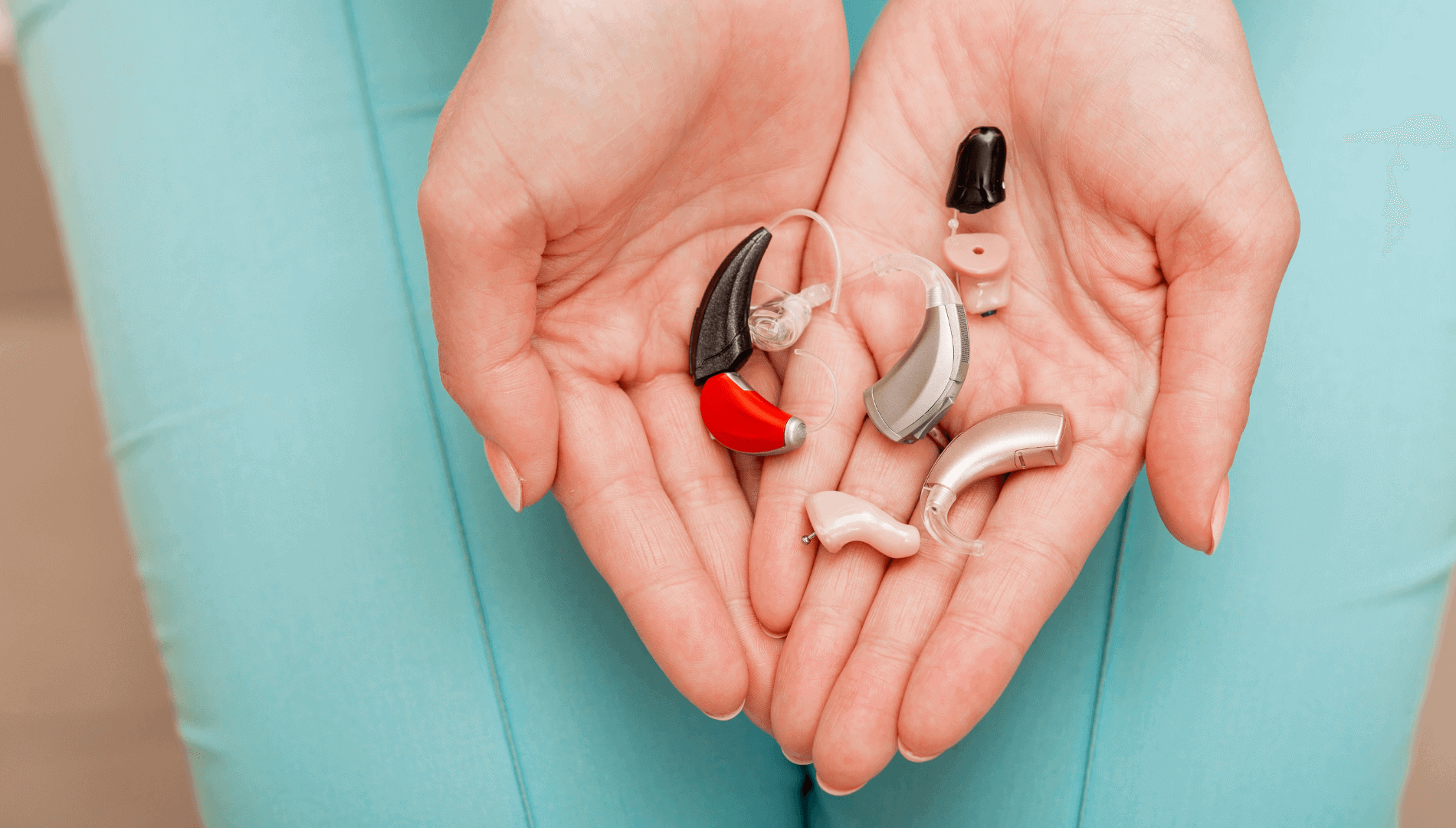
- Common Fears About Hearing Tests - May 28, 2025
- Best Hearing Aids for Active Lifestyles - May 16, 2025
- A Guide to Different Hearing Aid Styles - May 6, 2025
Losing the ability to hear clearly can feel incredibly isolating. Yet, amidst the challenges, modern hearing aids offer a beacon of hope and connectivity. With the evolution of technology, there are now various hearing aid styles to choose from, each designed to meet unique needs and preferences.
Understanding the different types of hearing aids can empower those with hearing loss to make informed choices. Knowing what options are available ensures that everyone finds a solution that fits their lifestyle and enhances their quality of life. Let’s explore the various hearing aid styles and their unique benefits.
Behind-the-Ear (BTE)
Behind-the-Ear (BTE) hearing aids are a popular choice for many people. They consist of a small plastic case that rests behind the ear, connected to an earmold inside the outer ear. BTE hearing aids are suitable for all ages and can address mild to profound hearing loss.
BTE hearing aids are often more durable compared to other styles. They offer more amplification, which is particularly beneficial for those with severe hearing loss. Additionally, they come in various colors and designs, making them more discreet and customizable.
In-the-Ear (ITE)
In-the-Ear (ITE) hearing aids fit entirely within the outer ear, making them a more compact option. These aids are custom-made based on ear impressions, ensuring a comfortable fit. ITE hearing aids are suitable for individuals with mild to severe hearing loss.
ITE devices are easier to handle than smaller aids and are known for their straightforward controls. They also offer longer battery life compared to smaller hearing aids, as they can accommodate larger batteries. ITE hearing aids can include additional features like directional microphones and volume control.
In-the-Canal (ITC)
In-the-Canal (ITC) hearing aids are slightly smaller than ITE aids and fit partly in the ear canal. They are custom-made to suit the unique shape of an individual’s ear. ITC hearing aids are ideal for people with mild to moderate hearing loss.
Because of their smaller size, ITC aids are more discreet than ITE models. They offer a good balance between visibility and functionality. However, due to their compact size, they may have fewer additional features.
Completely-in-the-Canal (CIC)
Completely-in-the-Canal (CIC) hearing aids are even smaller than ITC aids, fitting entirely within the ear canal. This makes them almost invisible when worn. CIC hearing aids are best for individuals with mild to moderate hearing loss.
CIC hearing aids offer a natural listening experience, as the placement inside the ear canal takes advantage of the ear’s natural shape to funnel sound. They are also less likely to pick up wind noise. However, their small size means they have limited adjustments and may be more challenging to handle.
Receiver-in-Canal (RIC)
Receiver-in-Canal (RIC) hearing aids are similar to BTE aids but have the receiver (or speaker) inside the ear canal. The main body of the aid, which contains the microphone and processor, sits behind the ear. RIC hearing aids can address varying degrees of hearing loss.
RIC hearing aids deliver better sound quality because the receiver is separated from the microphone, reducing feedback. They also tend to be more lightweight and comfortable. Their design makes them less noticeable than traditional BTE models.
Invisible-in-the-Canal (IIC)
Invisible-in-the-Canal (IIC) hearing aids are one of the smallest and most discreet options available. These aids are placed deep inside the ear canal, making them nearly invisible. IIC hearing aids are suitable for individuals with mild to moderate hearing loss.
IIC devices provide a very natural sound experience and reduce the sensation of hearing aids. They are an excellent choice for those who prioritize aesthetics and comfort. However, their small size can make them more challenging to insert and remove.
Hearing loss can be a challenging journey, but exploring these various hearing aid styles can provide relief and improved quality of life. Remember, it is important to find a hearing aid that fits well and meets individual needs. Consulting with a hearing health professional can help determine the best option for each unique situation.
